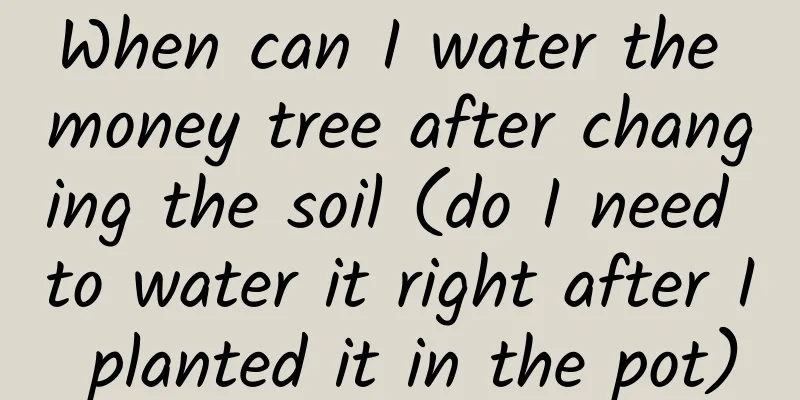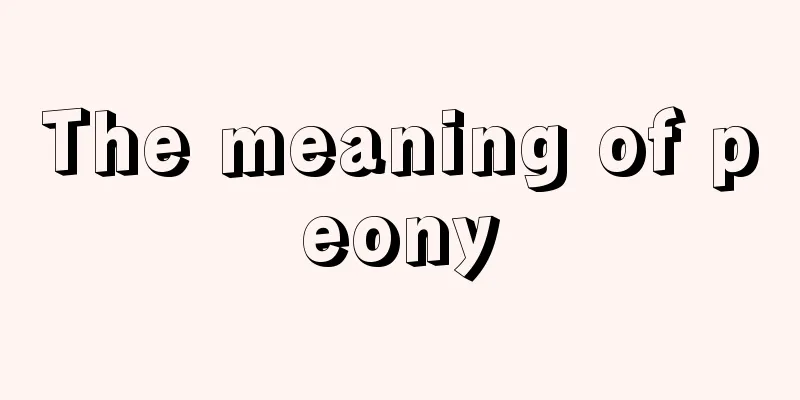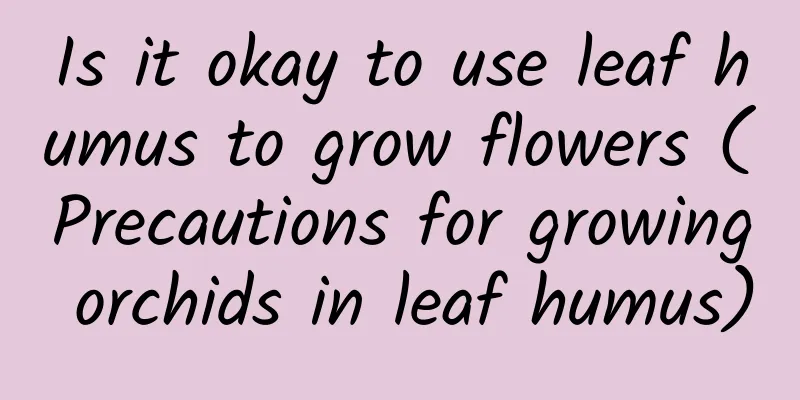How to water potted peony

Key points for watering potted peoniesDo not water the potted peony too frequently during maintenance, because it has a certain degree of drought resistance. Generally, in an environment with sufficient light, it is sufficient to water it once every two days. Be careful not to have water accumulation, otherwise it will hinder growth. It also has certain requirements for water quality and cannot use polluted water. How to judge whether to water peonyJust touch the soil and if it is dry, water it. Do not water the potted peony too frequently during maintenance as it has a good drought tolerance. Also, do not allow water to accumulate, otherwise it will affect its growth. How often should you water your peony?Potted peonies only need to be watered once every two days in an environment with sufficient light. The growth rate is slower in winter, so water must be controlled to avoid frostbite. In the high temperature environment in summer, you can spray water around the plant to maintain moisture. Should Peonies be Watered Thoroughly?Within a week, watering is required two or three times a day, and it must be watered sufficiently and thoroughly. In years without particularly dry weather, the large potted peony seedlings used in greening projects almost do not require artificial irrigation, and natural precipitation can meet their growth needs. How to water potted peonyPeonies are relatively delicate, so the water used for irrigation must be extremely pure. After the seedlings are planted and before they take root, the water source for irrigation must remain pure until they take root. Tap water can be used for irrigation, but it must be watered in moderation and no water accumulation should occur. What water should be used to water potted peonies?When watering potted peonies, you should generally use a clean water source, preferably purified water. After they have taken root, you can use tap water to water them. Watering Amount for Potted PeoniesWhen watering potted peonies, the amount of soil in the pot and the weather temperature and humidity generally depend on the amount. Watering should be enough to make the soil moist but not dry. Be careful not to allow water to accumulate at the bottom of the pot. Precautions for watering potted peonies1. After the potted peony is planted and before it takes root, the water source used for irrigation must be kept pure. Only until it takes root can tap water be used for irrigation. It should also be placed in a location with sufficient sunlight for watering, but not watered too much. 2. When caring for potted peonies, water them frequently but not too much, and the water quality should be good, pure and pollution-free. It is easy to maintain, but it will easily die if you don't water it well. Place it in a location with sufficient sunlight and water it. |
<<: Cultivation Techniques of Pear Bonsai
Recommend
How to grow Verbena to make it bloom
one. soil Although it does not have many requirem...
Do red beans prefer shade or sun?
Do red beans prefer shade or sun? Red beans are e...
What kind of tree can bring wealth to the front door?
1. Chestnut Tree Planting a chestnut tree at the ...
How long is the growing period of Gypsophila paniculata
How long is the growing period of Gypsophila pani...
When can I water the money tree after changing the soil (do I need to water it right after I planted it in the pot)
Question about how often to change the pot and so...
How to grow crabapple
1. Maintain the environment 1. Soil: When growing...
Jujube tree growth environment conditions and characteristics
Jujube tree growth environment conditions and req...
Can I grow basil at home?
Can I grow basil at home? You can grow perilla at...
What are the landscape trees?
1. Ginkgo Tree It is both a foliage tree and a fl...
Can mushroom residue be used as fertilizer?
Mushroom residue as fertilizer Mushroom residue c...
How to care for hydroponic calla lilies
Method of hydroponic cultivation of calla lily Di...
What month is the best planting season for Fangfeng medicinal herbs?
Saposhnikovia divaricata is a common Chinese medi...
The cultivation method and precautions of Yimoxiang
1. Sunlight To grow the osmanthus fragrans, you n...
How to fertilize rueba
How to fertilize the rue Adequate nutrients Befor...
Golden Orchid Breeding Methods and Precautions
Golden orchid is still very easy to keep alive. I...









